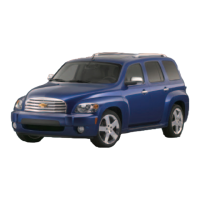
 Loading...
Loading...
Do you have a question about the Chevrolet 2008 and is the answer not in the manual?
| Brand | Chevrolet |
|---|---|
| Model | 2008 |
| Category | Automobile |
| Language | English |
Proper use, importance, and safety reminders for all occupants.
Guidance on using safety belts for older children and infants.
Break-in procedures, ignition positions, and starting the engine.
Setting, resuming, and using cruise control safely.
Operation and display modes for vehicle information and settings.
Explanation of various warning messages displayed by the DIC.
Fundamentals of defensive driving and avoiding drunk driving.
Information on perception time, reaction time, and ABS usage.
How ABS works, its warning light, and proper usage during braking.
Operation and limitations of the traction control system.
Functionality and indicators for ESC and TCS systems.
Understanding skidding and how to regain control of the vehicle.
Determining correct load limits and understanding tire and loading information labels.
Guidelines for towing your vehicle and recreational vehicle towing.
Checking engine oil level, types of oil, and engine oil life system.
Tire maintenance, safety, sidewall labeling, and quality grading.
Maintenance intervals for oil changes and required services (I and II).
How to report safety defects to government agencies and General Motors.











